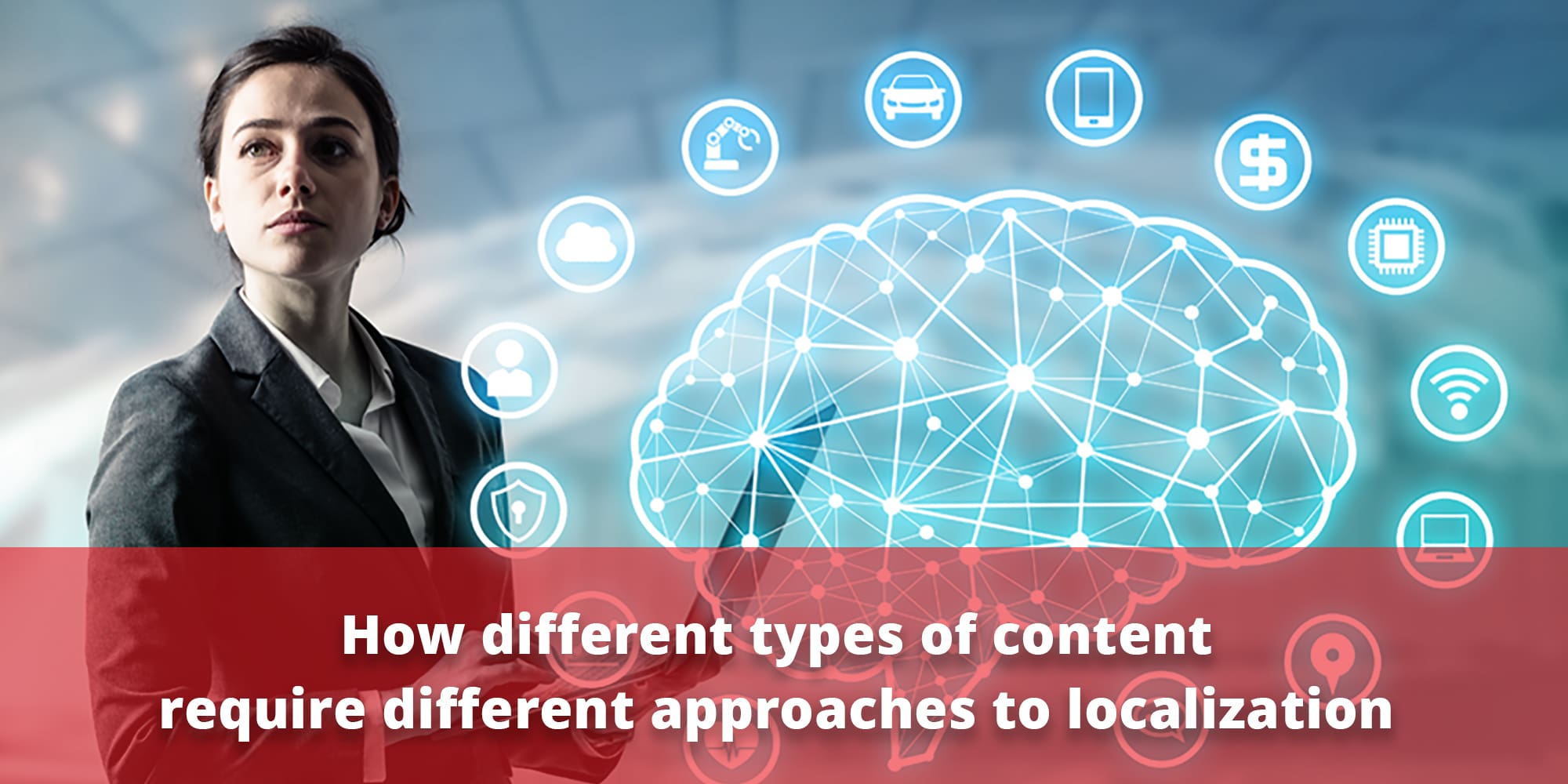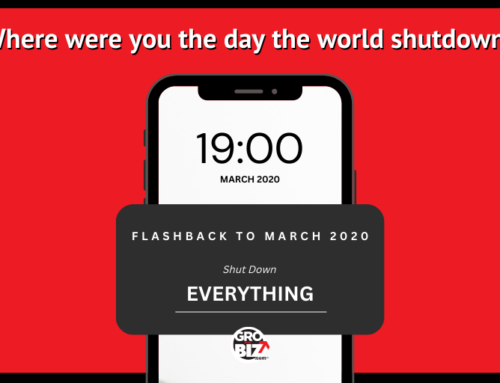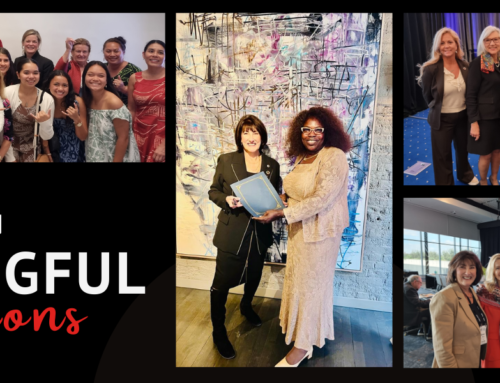
In our first 2 blogs we introduced you to the ‘What’ and ‘Why’ of localization and internationalization. We gave you various reasons to implement it in your marketing and communication strategy as well as some practical tips. This last blog of our localization series is the ‘How’ of localization and explains the basic types and approaches that are available.
In general, localizing content can be split into 2 main categories: human and machine. Both have subcategories therein with their own unique purpose depending on the goal and type of content you wish to localize. Always consult with your language provider for the best method to match your content. They are there for you to provide good advice!
Human methods
The first 3 forms of localization – translation, transcreation and copywriting – are about having a strong and clear human element. This means that a professional translator’s time and energy and therefore money are required to get a maximum result. It is an investment to get a stronger pipeline of prospects, a better CX or an accurate transfer of information.
Translation
The most well-known method is ‘good, old-fashioned’ translation done by well-educated, experienced, professional human translators. Translation relies on human expertise, creativity and insights and serves to ‘enable customers to understand you’. Translation works best with content in the realms of financial reporting, basic website content, technical and specialized documents, manuals and specific service and product descriptions.
Transcreation
When set on having genuine impact by ‘showing customers that you understand them‘, use even more creativity and take more leeway to enhance the cultural appropriateness of the content with transcreation. This is preferred for marketing content like inspirational web pages, blogs and campaigns that need to connect with customers as well as for microcopy on website buttons or CTAs.
Copywriting
Sometimes the gap between the context of the source text and the target audience is just too big to be bridged by translation or transcreation. This is the moment you want to use a good copywriter for the creation of content that connects — by reformulating the original text so it fits perfectly into the understanding of the intended public.
AI-assisted translation
The 2 AI-assisted options – MT Raw and MT Plus – are great for low-risk, large bodies of text that have a strong repetitive character or lower impact. The localization of these types of text can become a costly affair if using the human methods listed above that may not justify such investment. If this is the case, MT Raw or MT Plus are 2 great alternatives with a lower investment.
MT Raw
The most rudimentary form is unedited machine translation, or MT Raw as we like to refer to it. Anyone who has ever used Google Translate or other basic MTs has seen the results. Sometimes remarkably good, sometimes surprisingly bad, sometimes horrendously embarrassing. It is ‘a crude and basic translation’ aimed at giving the reader a general idea what a text is about. We recommend that this be used for in-company purposes or for identifying the nature of content in a foreign language.
MT Plus
Edited machine translation, or MT Plus as we call it, can be a great option to save costs, while producing acceptable translations. After the MT has produced the translation, a human (specialist) post-editor will edit the translation, adapting words and segments where necessary. If your aim is just to ‘bridge a language barrier’, this should be your choice.
Please refer to the chart below to help you make a choice.

In conclusion, we have tried to show you in this series of blogs that the short command: “just have this translated quickly, please” doesn’t cut it at times. Act smart when it comes to localization, take your time to be informed and then pick the option that best matches your goals.
Of course, the Attached team is here to assist you if you need further advice.
About The Author

Eveline van Sandick, founder and CEO of Attached – language intelligence based in the Netherlands, spotted the importance of bridging language and cultural barriers in economic trade years ahead of other businesses. This year, Attached celebrates its 20th anniversary and marks the establishment of a second office in Toronto, Canada.
In 2017, Eveline received one of the Enterprising Women of the Year Awards, followed in 2019 by the Business of the Year Award from the Netherlands-Canada Chamber of Commerce.









Leave A Comment